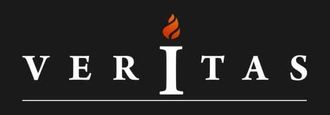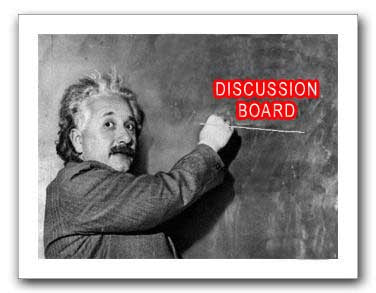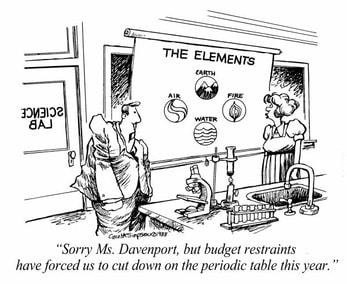"The hypothesis of matter's being at first evenly spread through the heavens is, in my opinion, inconsistent with the hypothesis of innate gravity without a supernatural power to reconcile them, and therefore, it infers a deity." - Isaac Newton
|
Updated September 27, 2018
Please make sure you READ everything on this page or you will miss important details. I will archive past weeks Announcements pages for a limited time only under the Trimester 1 tab, if you need to go back to a particular weeks information for any reason. Week 5 Summary Chapters 3 and 4 principally addressed the role of measurement, performing calculations, and reporting data in the sciences. You should know by now the importance of always writing units down when setting up problems, and reporting units in your answers. In chemistry, we will come across many units with which you may not be familiar, such as the mole (which is a measurement of the number of particles), or even the joule (a measurement of heat or energy). Please don't allow yourselves to be thrown off by unfamiliar units, we will explain each in class as we come across them. Looking Ahead to Week 6 Chapter 5 - Atomic Structure and the Periodic Table Week 6 begins some of the more interesting ideas in chemistry - the structure of the atom. We take for granted today, that everyone knows an atom is made up of a positively charged nucleus, with negatively charged electrons surrounding it. Keep in mind, however, that this model for the atom is only about 100 years old! Models that prevailed before were quite different, yet underwent modification as the various subatomic particles were discovered. Upcoming Laboratories We are a little off of syllabus right now with respect to laboratories, so please plan to carry out the Qualitative and Quantitative Observations Lab this week. The Element Investigation Lab will be performed next week (Week 7). Test #1 due on Tuesday You should have all received an email Thursday afternoon with your test attached and directions for taking it:
So that you are adequately prepared for classes on Tuesday, please complete each of the following:
|
Week 6 Resources/ Assets |




